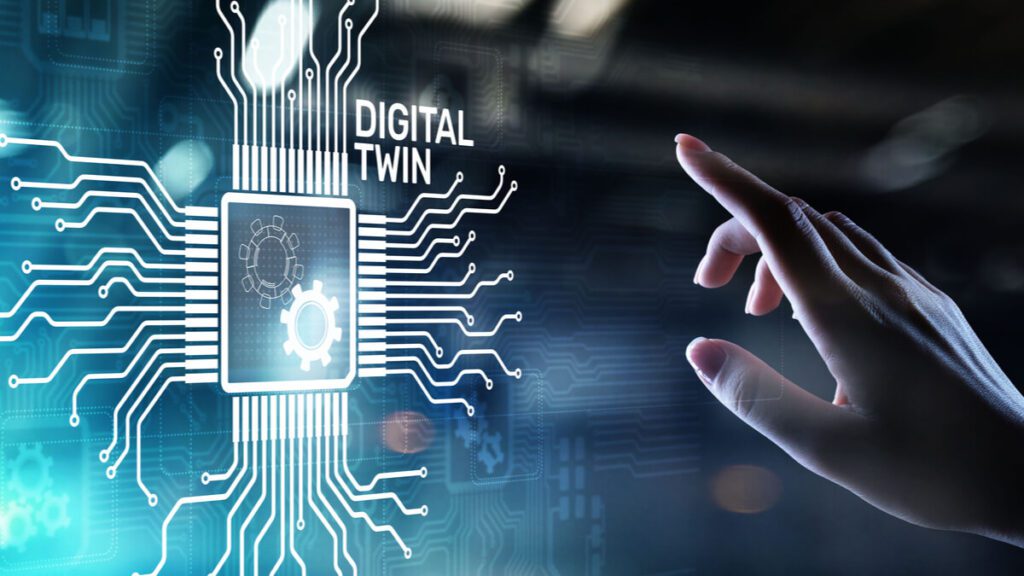Digitization, digital twin, concepts for manufacturing

During the global virtual 2021 IoT TECH EXPO under the title “Applied strategies for the IoT” held last week, Dr. Bill 0’Leary, Digital Manufacturing Consultant, spoke about the digital strategy for manufacturing regarding design and deployment.
He said that “ICT has moved into the center of industry 4.0 and it delivers everything.”
Digitization is a similar type of transformative initiative; it can transform the way things are done not only in manufacturing but in society.
The digitization of things is the first step towards personalization and towards highly customized products and services with the use of artificial intelligence (AI) to drive that, conference experts noted.
In terms of manufacturing, the main components are logistics, purchasing, manufacturing, distribution, and service, therefore industry 4.0 will not change the manufacturing part only (making of product) because it is much more than that.
It involves product design, logistics and getting the material into the business considering the customer base founded on a digital market and sales platform, experts noted.
Control of manufacturing
Digitization is the use of tech and computer systems to better design, monitor and control all aspects of the manufacturing footprint. Companies use technologies like augmented reality and virtual reality (VR).
This is used in order to better manufacture products and to be used for training, induction AI, robots, and remote servicing for manufacturing purposes.
As such, the characteristics of the factory of the future include a highly connected factory to sensors and data capture, in addition to cloud technology and edge computing. Interoperability of data is very important for the fact that companies’ transfer information between different systems that can communicate between each other in order to keep optimizing the company’s data.
Also, sensors are used widely and will be used to capture critical process information during manufacturing as well as pre and post manufacturing, whilst having a high degree of cognition and control such as machine learning and high degree of automation using robots that will not replace workers, rather help them in their activities.
One of the important factors is the high predictive capability, anomaly detection and trend analysis like knowing what will happen and planning on how to respond.
Digital twin
The digital twin is a new technological concept which is used extensively in the automotive sector.
Digital twin is a cyber representation of a physical asset or process which helps optimize business performance, according to a Deloitte 2017 report.
The company is trying to build in control and cognition in the virtual replica which will improve and learn by adopting digital twin, thus trying its performance.
This process is a snapshot of digitization on a smaller scale by using sensors to capture information and taking data from the sensor to analyze it in order to drive the performance and a corresponding action based on analysis.
